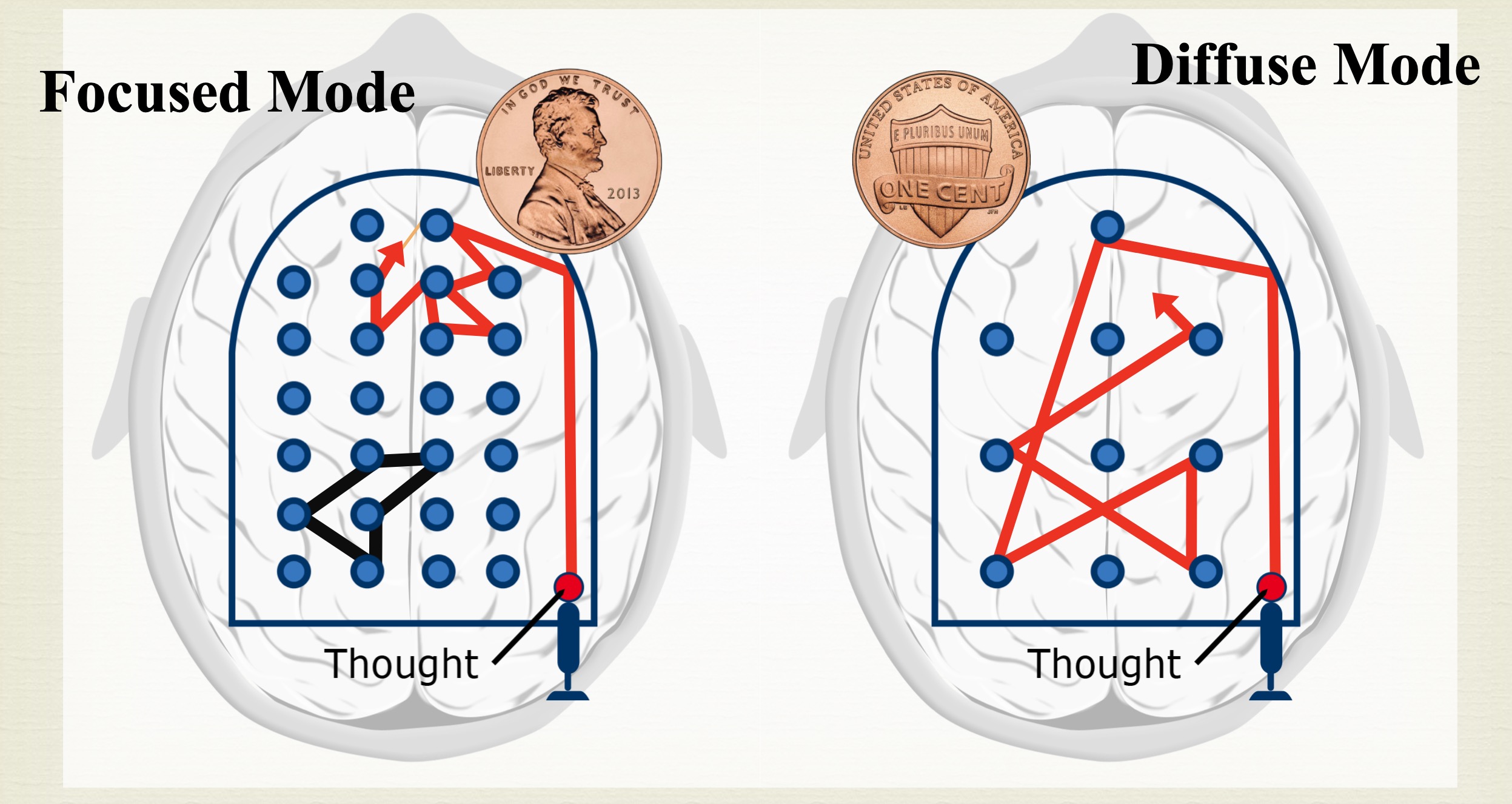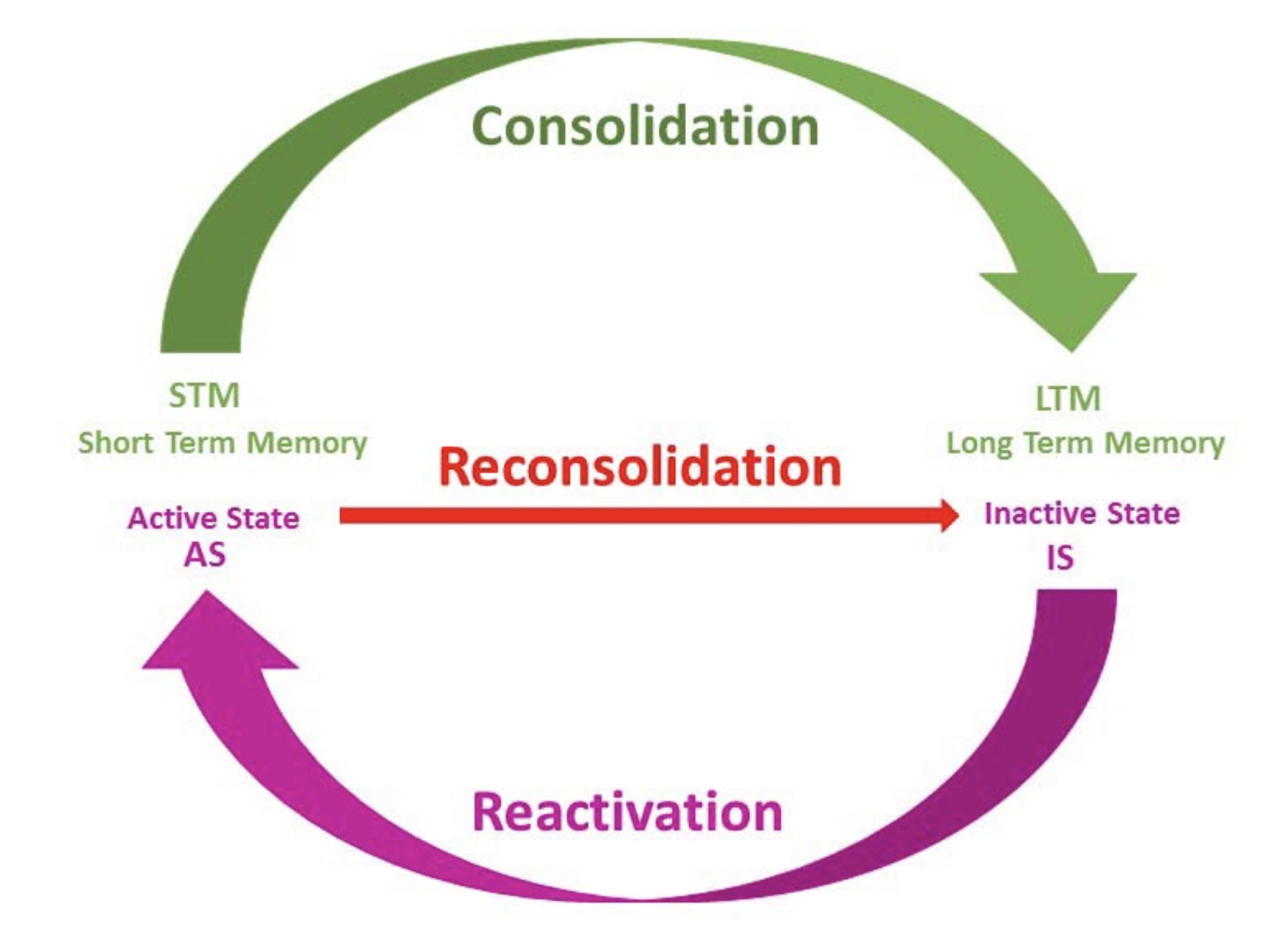The Learning How to Learn Course
Learning-how-to-learn is a free Coursera course that teaches about how the brain uses two very different learning modes and how it encapsulates (“chunks”) information. It also covers illusions of learning, memory techniques, dealing with procrastination, and best practices shown by research to be most effective in helping you master tough subjects.
I first knew about this course when I was trying to create my own learning path for learning machine learning. One article recommends it for the reason that when we equip with better learning techniques, we can learn a difficult subject like machine learning more easier. So I enrolled for this course and applied the techniques that I learned from this course to my study. It is so worthy, I improved my learning skills, avoiding bad learning habits, and I am more confident to finish my learning path. In the article, I will share what I have learned from this course and how I applied these techniques to my study of machine learning. This article is also my final project for the learning-how-to-learn course.
Modes of Thinking: Focused Mode vs. Diffuse Mode
 Image source: Learning how to learn - Introduction to the Focused and Diffuse Modes - What is Learning?
Image source: Learning how to learn - Introduction to the Focused and Diffuse Modes - What is Learning?
Focused mode is you try to learn something by paying attention to it. Diffuse mode is a more relaxed thinking style that allows you to think broadly, and even solve your problem unconsciously. Before this course, I never know the value of diffuse mode and only use the focused mode for my study. When I stuck in one difficulty problem, I always want to solve it as soon as possible. Usually, it results in sitting for a long time but not solving the problem. It just makes me feel desperate and tried. And even worse is that it occupied the time I assigned for other tasks, which leads to procrastination. After this course, I try to schedule the study time for both focused mode and diffuse mode. Below are some of the techniques I used:
- Try to make a plan for the next day before you go to bed. It helps you put the tasks into the subconscious of your brain. Sometimes, this zombie mode helps you find a solution. And also, this technique enables you to release your limited working memory slot to let you more efficiently use your memory.
- Use the pomodoro timer to schedule time between focused study and break. The pomodoro timer is very useful. After using it, I won’t forget to take a break. If I stuck in a problem, I would say to myself that Okay, I will take one more pomodoro to solve it. If it cannot work out, I will pass this problem and try to do it again tomorrow"
Chunking
 Image source: Learning how to learn - What is a Chunk?
Image source: Learning how to learn - What is a Chunk?
Chunks are compact packages of information, neuroscientifically speaking, bound together through meaning or use. When chunks are formed, you can easily access it as a whole. There are three essential elements for forming a chunk:
- Focus : Focused mode of thinking uses working memory to form chunks.
- Understanding: Chunking unites learning through meaning.
- Practice: when you are learning something new, it may doesn’t make sense at first, but it begins to take shape with practice.
Before I took this course, I didn’t realize the illusions of competence in learning. When learning a new thing, I always think finishing reading the document or textbook means competence. For example, I read the book the Data Science Handbook before without doing any related exercise. I thought I understand all the concepts in this book. But the truth is that, when I need to use those skills to solve a problem, I failed.
After I realized this illusion, even though the Data Science Handbook does not contain any exercises, I try to find related exercises on the internet and try to practice them after I finished one chapter of the book. At first, these exercises were difficult to me. I found that there were many pieces of information that I thought I understood, but actually not. And also, there are many other things the book does not mention. Only through these practices, I understand the information deeply. As I practice more, I became easier to retrieve that those skills to solve a problem. I enjoy doing practices and even try to do the related exercise right after the book introduces a new concept.
Short Term Memory and Long Term Memory
 Image source:Learning how to learn - What is Long Term Memory?
Image source:Learning how to learn - What is Long Term Memory?
Our short term memory analogous to a whiteboard that can record information but gets erased when new information comes in. Researches reveal that we only have four slots in our short working memory. Long term memory analogous to a warehouse where information is stored and retrieved when needed. Long term memory will be reconsolidated when being retrieved. You can boost your ability to remember by mapping ideas to visual cues that are memorable.
One thing I learned is that when you have difficulty in understanding an abstract concept, you can try to connect to the things you already understand by making a compare or analogous. And it also useful to look at how others explain it in a vivid way. For example, when I need to refresh my understand of linear algebra, I will use this immersive linear algebra website, because it contains fully interactive figures and videos that make those concepts more intuitive and memorable.
Handwriting also helps you understand better. While highlighting some key points in the book makes you fall into the illusions of competence, handwriting uses more parts of your body and brain that help easier to form long term memory.
Procrastination
 Image source: Learning how to learn - Tackling Procrastination
Image source: Learning how to learn - Tackling Procrastination
Procrastination is a bad keystone habit that influences many important areas of your life. In many aspects, it is similar to addition. There are four elements in avoiding procrastination and forming good study habits.
- Cue: Watch for procrastination cues, avoid distractions in your working environments. E.g., turn your phone into DO NOT DISTRACT mode.
- Routine: Keep a planner journal. Commit yourself to certain routines and tasks each day
- Reward: Delay rewards until you finish the task
- Belief: Gain trust in your new system
Some other techniques are also helpful for avoiding procrastination.
- Have backup plans for when you still procrastinate
- Eat your frogs first: Do the hardest thing earliest in the day, when you are fresh.
- Focus on the process, not the product: Product is the outcome and processes relate to simple habits, habits that coincidentally allow you to do the unpleasant tasks that need to be done.
I want to share more about the process and product. Before this course, I focused too much on the product. Although I can force myself to learn new stuff that I fell difficult and uncomfortable, I always want to finish the task as soon as possible. And when the task takes more time than I expected, it drives me crazy, and I will start to get more and more negative emotions. After I learn to focus more on the process, I feel relieved. I focus my goal on how long I should use for my study every day. As long as I study for that particular time and I have learned something new, I know that I am on the process. I will adjust the whole learning path base on the outcome of all these processes. I believe that the product I expected will finally come one day.
Conclusion
The learning-how-to-learn course is so valuable. There are many learning techniques in the course I did not mention here. I am grateful to Dr. Barbara Oakley and Dr. Terrence Sejnowski for teaching this great course and wish I could learn this course early in my life. But learning is a lifetime journey. It is always good to learn more about learning, no matter when.